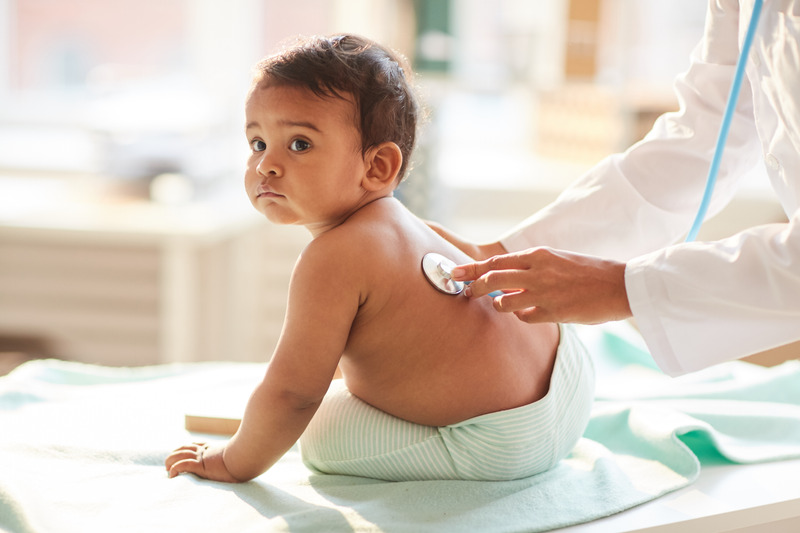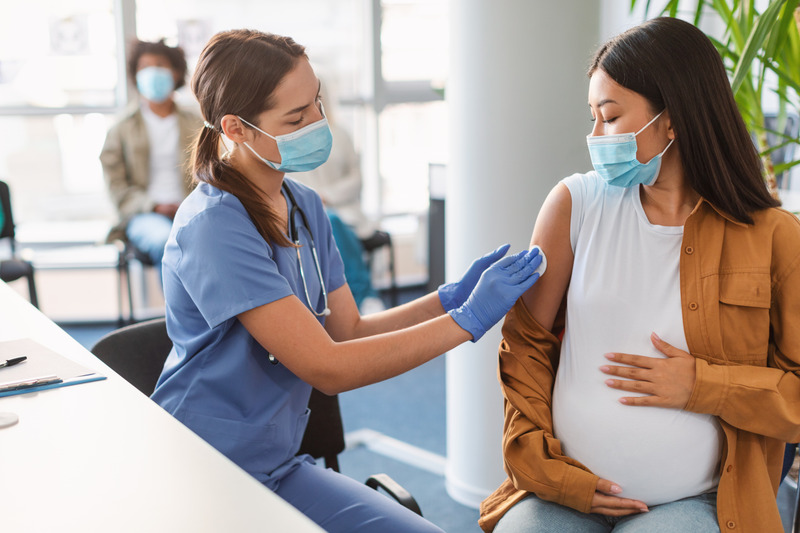Hepatitis B Vaccine for Infants
- CDC recommends infants born to HBsAg – positive persons receive single antigen dose of hepatitis B vaccine (Engerix or Recombivax) and HBIG withing 12 hours at birth.
- Infants born to HBsAg-positive persons should complete the hepatitis B vaccination series to ensure protection against hepatitis B.
- Administer the final dose no earlier than 6 months of age (minimum age of 164 days includes 4-day grace period)
Post-Vaccination Serologic Testing
Request the following labs:
- HBsAg
- Anti – HBs, quantitative
- NOTE: Antibody to hepatitis B core antigen (anti-HBc) testing of infants is not recommended because passively acquired maternal anti-HBc might be detected in infants born to a person who is HBsAg-positive up to age 24 months.
- HBsAg-negative infants with anti-HBs levels ≥10 mIU/mL are protected and need no further medical management.
- HBsAg-negative infants with anti-HBs <10 mIU/mL should be revaccinated with a single dose of HepB vaccine and receive postvaccination serologic testing 1–2 months later (new recommendation). Infants whose anti-HBs remains <10 mIU/mL following single dose revaccination should receive two additional doses of HepB vaccine to complete the second series, followed by postvaccination serologic testing 1–2 months after the final dose.
For guidance on interpreting PVST results, review CDC’s Management of Infants Born to Women with Hepatitis B Virus Infection for Pediatricians.
For more information, see CDPH’s guidelines for pediatric providers to prevent chronic hepatitis B in children.




